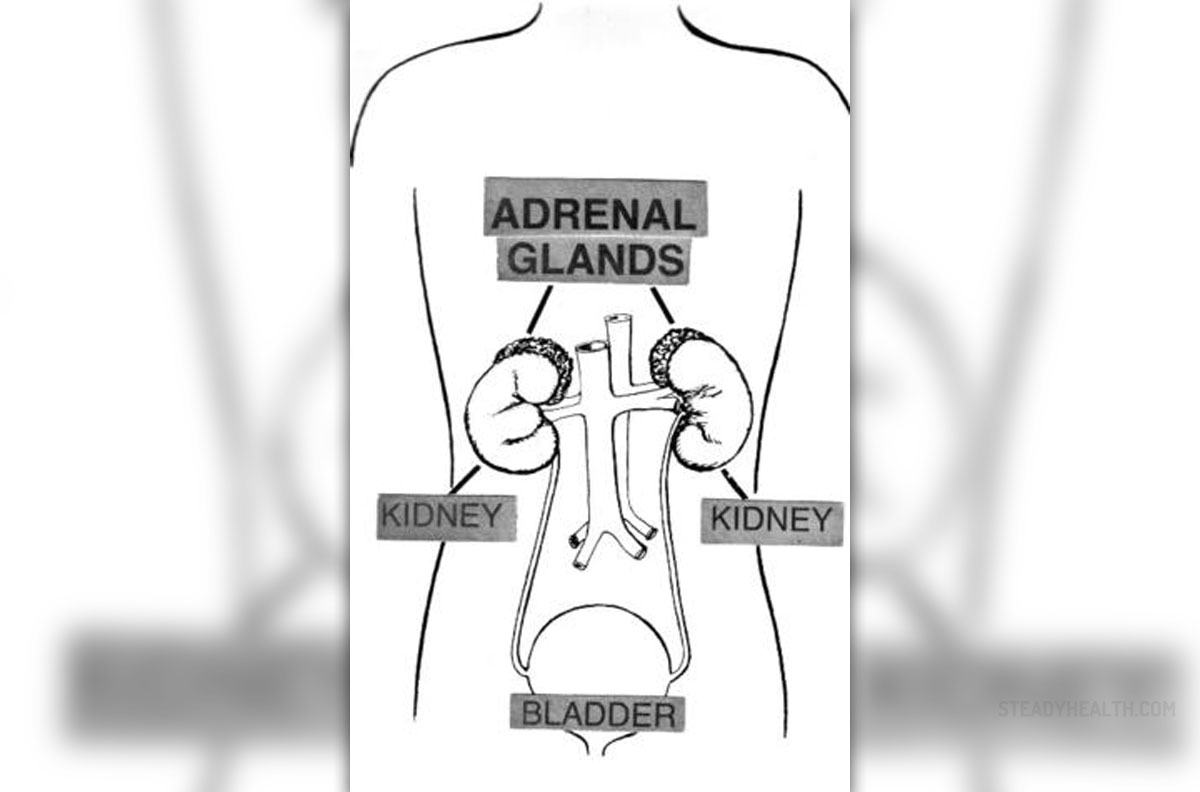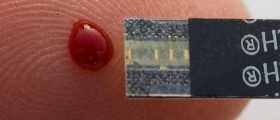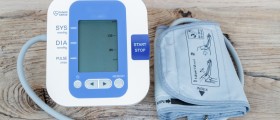
Adrenal glands are located above our kidneys and they produce hormones and have many other important tasks to carry out in the body. Namely, the glands regulate metabolism, balance our water levels, distribute and utilize proteins, fat and carbohydrates and, finally, these glands are the first to react in cases of allergies or any other form of hypersensitivity. When about 90% of the adrenal cortex gets destroyed, a condition called adrenal insufficiency is bound to strike a person.
Reasons behind Adrenal Insufficiency
Numerous different factors may lead to adrenal insufficiency. One of the alternatives is Addison's disease which affects every one in 100,000 people, leading to a gradual destruction of the adrenal cortex. In fact, in many cases, this condition takes place due to the fact that one's body turns on itself, sending antibodies which attack the adrenal tissues and organs.
Tuberculosis may lead to adrenal insufficiency as well. This is an infection which is causing up to 20% of adrenal insufficiency cases in the modern world.
Another illness which may lead to this problem is Polyendocrine deficiency syndrome which can further be divided into two subtypes, type I and type II. The former type affects children and manifests through slow development of their sex functions, leading to hepatitis and hair loss. On the other hand, the type II affects young adults and is also known as the Schmidt's syndrome, appearing due to lack of adequate activity of the thyroid gland, leading to slow sexual development accompanied by loss of pigmentation on certain portions of the skin.
Signs of Adrenal Insufficiency
One of the first signs of this condition is a drop in blood pressure to about 105/60. However, the blood pressure may rise abruptly to up to 130/80. These changes often interfere with one's sleep and vision, leading to dizziness and fainting.
The inflamed glands in the neck may swell or cause pain and tenderness. This condition also manifests through thin, scaly or dry skin. The fingertips of the sufferer may be red, as well as the palms while being cold to the touch.
Frequent urination can be expected in people suffering from this condition. However, the amount of urine expelled during these visits to the toilet is likely to be minimal. People suffering from adrenal insufficiency are usually tall with thin musculature and a long neck. Moreover, their index fingers are longer than their ring fingers and their second toe is longer than their big toe. Strong sweating and increased salt content on the skin is also typical for these individuals.
Finally, they will react to pressuring the adrenal area on the lower back and feel pain. This is known as Rogoff's sign.
The treatment involves replacing the missing or insufficient hormones with proper ones. However, a medical examination is crucial to be performed beforehand. Each individual may show different symptoms and many need a different treatment.

















Your thoughts on this
Loading...